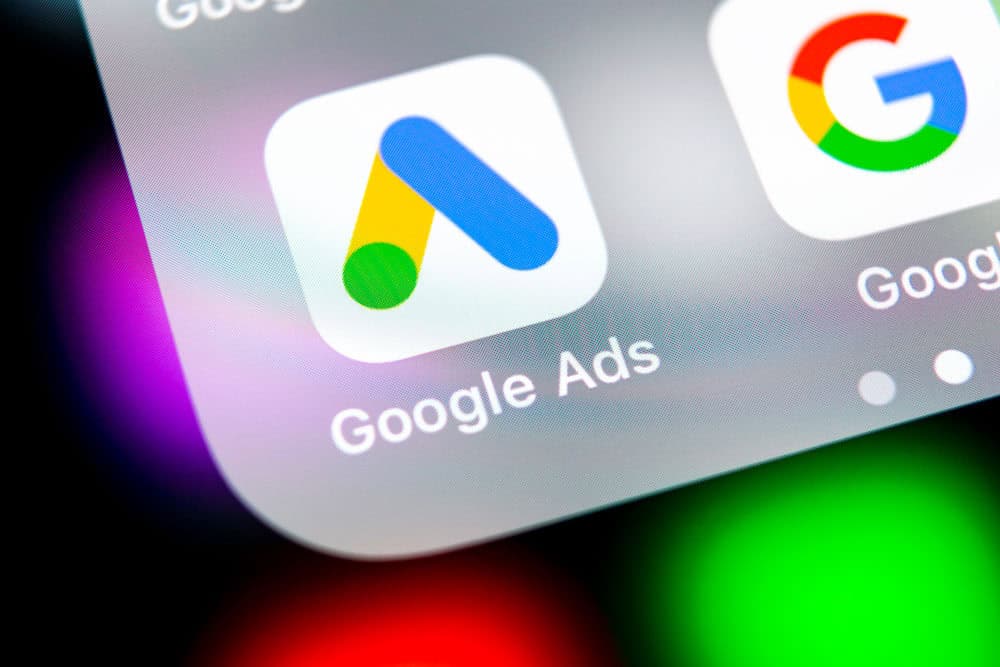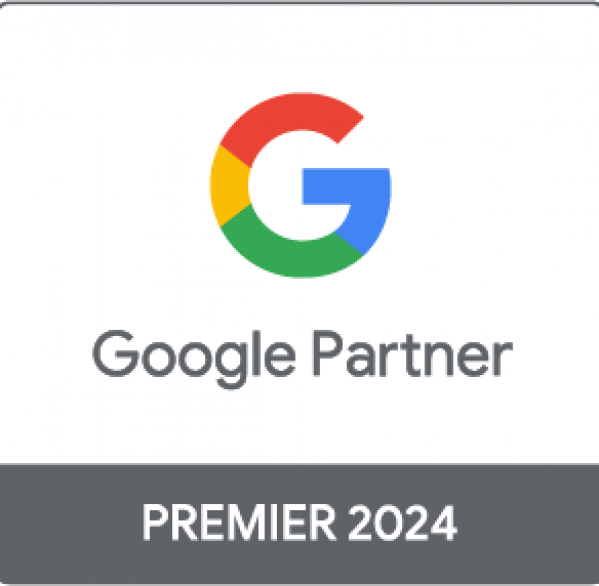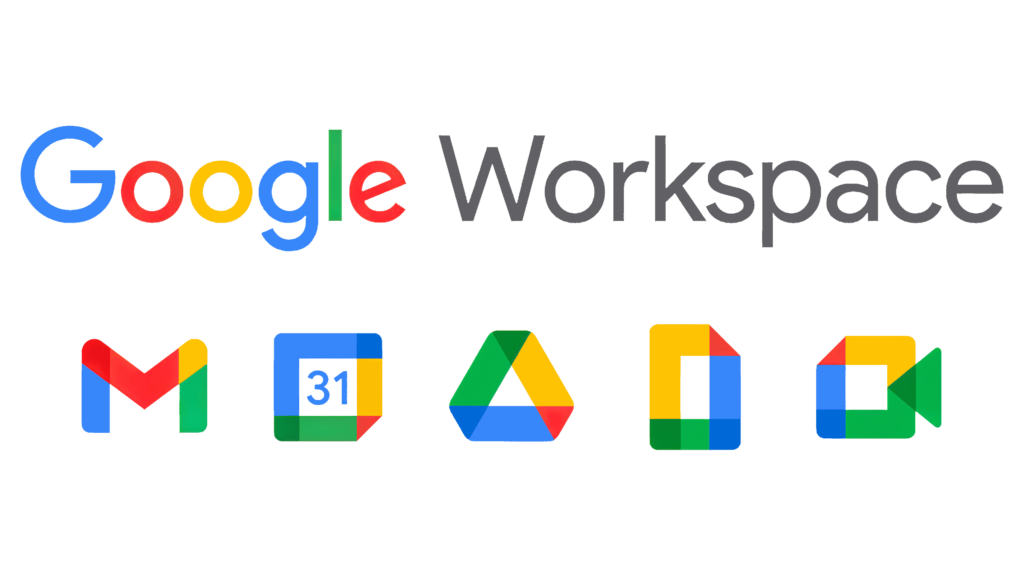This guide will teach you what Google Ads is and point out the 5 areas that are critical to pay attention to in order to get the best return on investment with your ads.
Google is a search engine that answers questions from around the world with a blend of paid advertising and organic results. On average, Google processes over 40,000 search queries every second, which equates to over 3.5 billion searches per day and 1.2 trillion searches per year, making it the most used search engine in the world.
Google Ads is Google’s paid advertising platform that has been around for decades and according to Google, makes advertisers $8 for every $1 they spend. So, if pay-per-click (PPC) is part of your strategy to promote your products and services, you should be using Google Ads. Thousands of companies are using Google ads to advertise their business, including your competitors, which means that even if you’re ranking organically for a search term, your results are being pushed beneath your competitors.
Google Ads can be shown in a number of places and in a number of formats. The ads can reach millions of websites and you can even place ads on YouTube. Your ads get displayed to people who are interested in your product and/or service. Advertisers will then bid on specific search terms called keywords. Whoever wins the bid is placed at the top of the search results page, YouTube videos, or relevant web pages. The better your ad campaign is, the more clicks it will generate, and consequently, you will have a greater probability of acquiring new customers or leads.
Now that you understand what Google Ads are and the potential they have to impact your business, let’s talk strategy.
1. Strategy – KPI’s & Goals
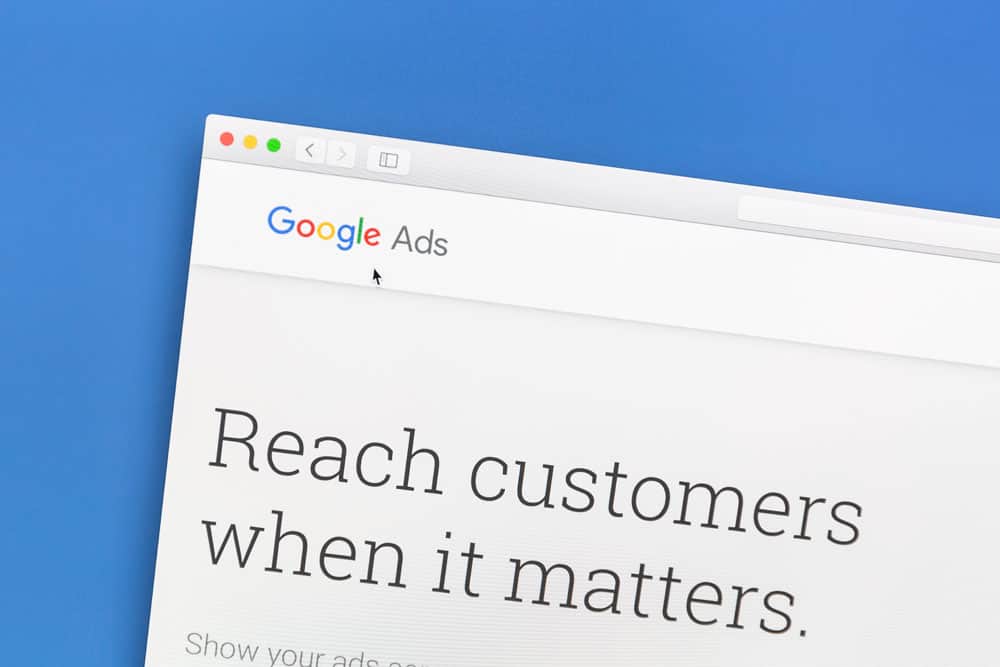 Your goals, and the strategy you use to achieve those goals, are the first elements to pay attention to when beginning a Google Ads campaign. Ask yourself, “what do I hope to accomplish with this ad campaign? Is it achievable? How will I measure it?”
Your goals, and the strategy you use to achieve those goals, are the first elements to pay attention to when beginning a Google Ads campaign. Ask yourself, “what do I hope to accomplish with this ad campaign? Is it achievable? How will I measure it?”
Your Key Performance Indicators (KPIs) will help you measure the goals you set. Examples of KPIs you could set for yourself are:, number of impressions, click-through-rate, conversion rate, and others.
Before starting your first campaign Google will ask you about your goals. Do you want more calls, website sales or sign-ups, more visits to your business or more brand awareness with video views.
It will ask for a name for your business or what you will call the project you’re working on and then they will give you some tips. Google will ask for your website, making sure they are sending people to the right place. Then they will have you make your ad. It honesty super simple.
You will select between 3 different campaign types which are: search, display, or video. Search ad campaigns are text-based ads that display on a Google search results page. Display ad campaigns are image-based, and they are displayed on websites in the Google Display Network or the network of websites that allow space on their site for ads. Finally, video ad campaigns will display your 6 to 15 second videos on YouTube.
2. Keyword Research
When someone searches for something on Google, the search engine supply’s the user with results that match the searcher’s intent. Google does this by looking at the keywords or phrases they believe will match and satisfy the user’s search. As the advertiser, you want to select keywords that you believe your target audience will be searching for. For example, if a user searches, “how to clean a dishwasher” you will see results for targeted keywords like “dirty dishwasher” or “clean dishwasher”. You want your keywords to match searchers’ intent as much as possible.
How do you, as the advertiser, figure out what your audience is searching for or what your customers really care about? Keyword research. Keyword research is the process of investigating and analyzing search terms that people enter into Google or other search engines. Below we have outlined 5 methods that will aid you in performing your keyword research:
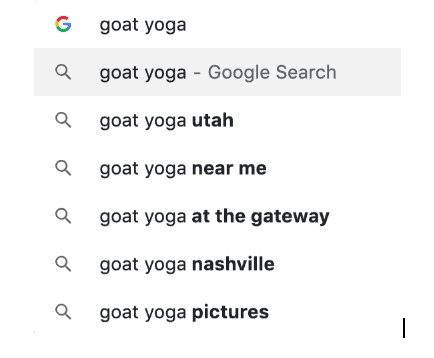 Begin a search in Google and let autofill do the rest. This doesn’t always produce reliable keywords, but it’s a great way to brainstorm and get the process started.
Begin a search in Google and let autofill do the rest. This doesn’t always produce reliable keywords, but it’s a great way to brainstorm and get the process started.- Go to Google, search for a keyword, then look at the “searches related to ___” section at the bottom of the page. It’s a good resource to pull keywords from
- Analyze your reviews. Your reviews were written by paying customers. If you pay attention, you can find the flecks of gold here. Look for exact words or phrases that these customers have used and utilize them in your keywords and phrases. Be sure to also look at your competitors’ reviews and other businesses within your industry.
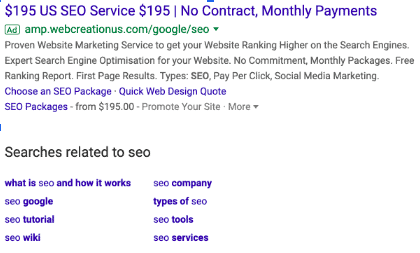
- Q&As on Google My Business. The majority of people asking questions on this platform may not be paying customers, but they aren’t just carelessly browsing either. Investigate specific words and phrasing in these questions. (I think this needs an example)
- Directories in your industry. Take a look at the bigger and more developed sites in your industry. They have put the time and resources into researching their audiences’ wants and needs, so see what phrasing they use. Examples are Yelp, Yellow Pages, Avvo, TripAdvisor, and other sites that are specific to the industry.
Once you have your keywords, you can use Google’s Keyword Planner tool to look at the search volume and strategically plan your campaigns keywords.
3. Bidding
Google Ads is based on a bidding system. You, the advertiser, sets the maximum bid amount that you’re willing to pay for a click on your ad. The Ads auction then uses both your quality score and your bid to determine your ad’s position. This means that even if your competition sets a higher bid, you can still win a higher position at a lower price. Once your bid is set, Google will attempt to drive the most traffic possible with your daily budget.
You have three options for bidding: CPC, CPM, CPA or CPE. Cost-per-click (CPC), is the amount you pay per click on your ad. Cost per mile (CPM), is the amount you pay per one thousand ad impressions. Cost Per Acquisition (CPA) is the amount you pay per customer that converts. Cost per engagement (CPE), is the amount you pay when someone takes a predetermined action with your ad.
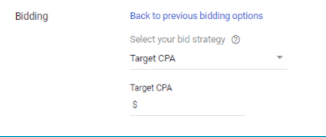
Now it’s time to start bidding. Your bid amount will greatly depend on your budget and your KPI’s, but remember that your ability to rank in Google Ads depends on how you set up your bids and the amount you set as your maximum bid.
4. Ad Rank & Quality Score
Understanding AdRank and Quality Score is a crucial part of running a successful ad campaign. Your AdRank determines where your ads will be placed on the google results page. Your Quality Score (and your bid) determine your AdRank. Your Quality Score is calculated based on the quality and relevance of your campaign, which is measured by the volume of clicks your ads get or your Click-Through-Rate (CTR). Your CTR depends on three areas:
- Keyword relevance
- If your ad copy and CTA match searcher intent
- The experience and relevance of your landing page
Your Quality Score is an important piece to focus on when you first set up your Google Ad campaign because the better your Quality Score, the lower your cost to acquire a customer will be, which results in better placement of your ads.
5. Track & Test
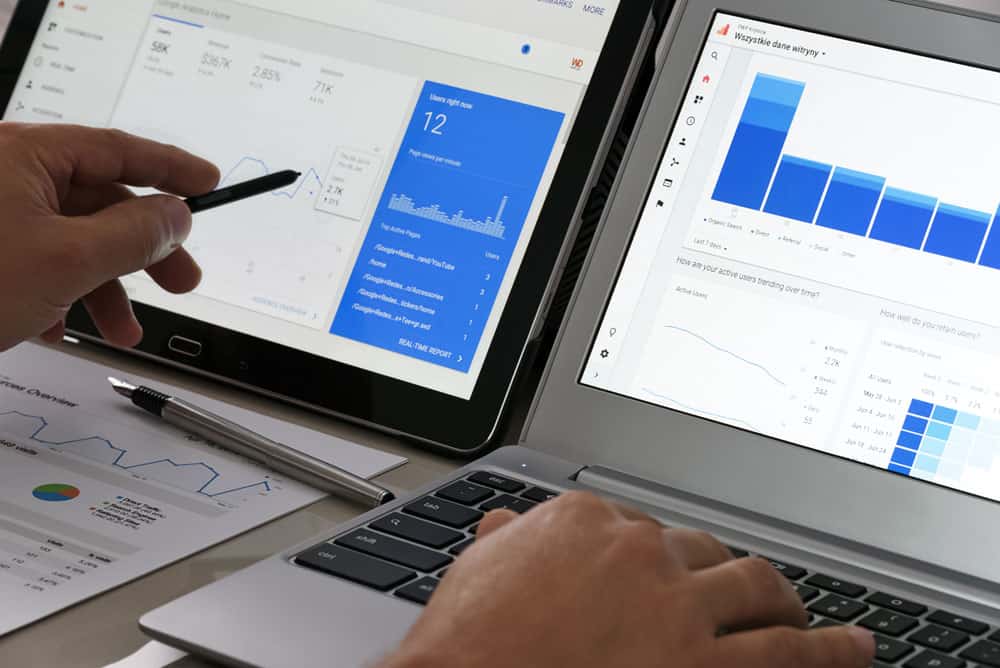 Now it’s time to analyze, track, and test. Make sure that you have Google Analytics correctly set up and connected to Google Ads so that you’re able to analyze and measure the data and results your ads are getting.
Now it’s time to analyze, track, and test. Make sure that you have Google Analytics correctly set up and connected to Google Ads so that you’re able to analyze and measure the data and results your ads are getting.
One important metric to investigate is your CTR. You calculate your CTR by dividing the number of clicks your ad got by the number of views it got. The result will reflect how well your ad matched searcher’s intent, your ad quality and your keyword relevance, so the higher your CTR, the better.
A second key metric to analyze is your Conversion Rate (CVR). Your CVR is the rate at which visitors took action. For example, if your goal is to obtain leads, you would define a form submission as a conversion. Therefore, a conversion rate for acquiring leads would be your number of form submissions divided by total visits to your landing page. Thus, a high CVR reflects the quality of your landing page’s user experience and that its contents match that of the ad.
6. Repeat
By paying close attention to these 5 critical areas of Google Ads, you can be sure that you’re getting the best return on investment with your campaigns. Be sure to make notes of areas that could use improvement. Brainstorm ways you can improve and build upon your ads and campaign strategy and then track and test again. Repeat the process continually to improve performance of your Google Ad Campaigns. There are plenty of tools out there to learn the ins and outs of online advertising. Be sure to check out all of the resources available to you.
It never hurts to get a professional opinion. Contact us here and let us know how we can best assist you!
Contact Us
"*" indicates required fields

